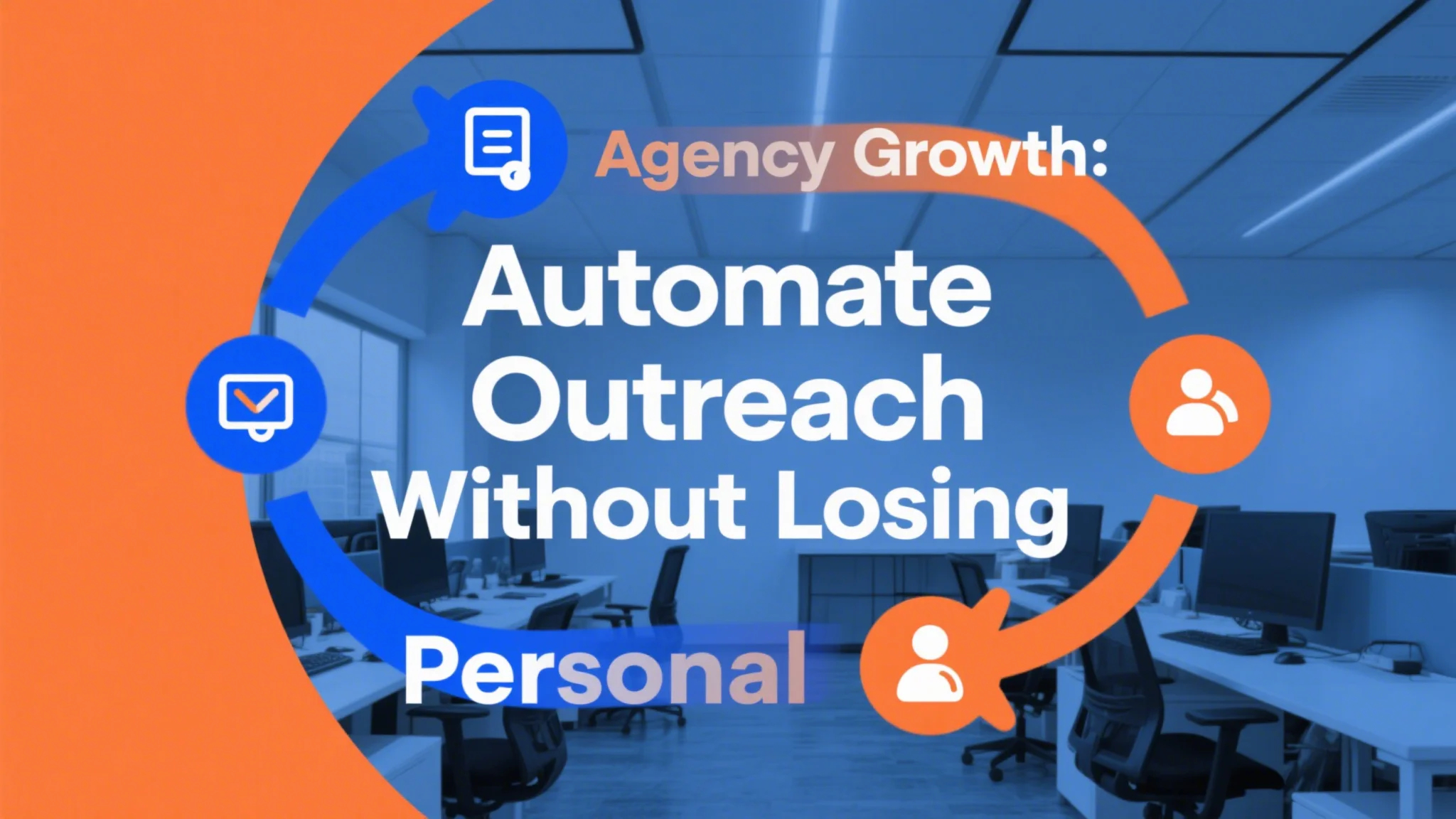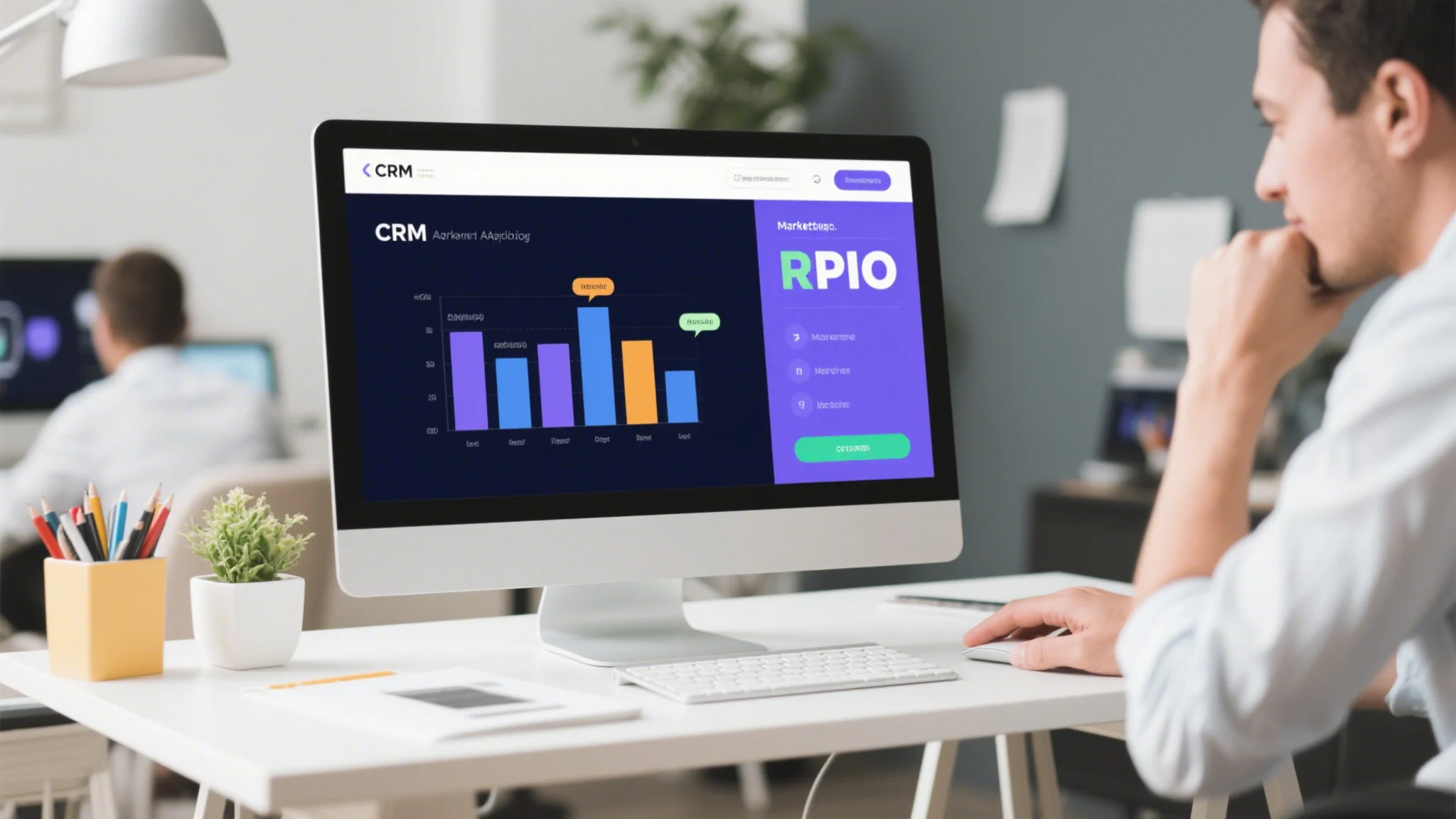In today’s fast-paced digital landscape, agencies are under constant pressure to deliver results while managing multiple clients and projects. To stay competitive and scale revenue, agencies must adopt efficient strategies that save time, reduce costs, and increase client satisfaction. One of the most effective tools for achieving this is email automation.

Email automation involves using software to send personalized, timely, and relevant emails to clients or prospects without manual intervention. This approach not only streamlines communication but also enhances client experiences, leading to higher engagement, retention, and revenue. For agencies, email automation can be a game-changer in scaling operations and driving growth.
1. Leverage Email Segmentation for Targeted Campaigns
One of the most powerful email automation strategies is segmentation. Segmentation involves dividing your email list into smaller groups based on specific criteria such as demographics, behavior, or preferences. By tailoring your emails to each segment, you can deliver highly relevant content, increasing the likelihood of conversions and client retention.
For example, an agency might segment its list based on the type of services clients have purchased. Clients who recently signed up for SEO services could receive emails with tips on improving their search engine rankings, while those interested in social media marketing could get updates on the latest platforms and trends.
2. Personalization: The Key to Client Engagement
Personalization goes hand in hand with segmentation. By using automation tools, agencies can easily incorporate client-specific details into email content, such as their name, company name, or past interactions. Personalized emails are more likely to resonate with clients, fostering stronger relationships and increasing the chances of repeat business.
For instance, an agency could send a personalized welcome email to new clients, introducing them to the team and outlining the services they’ll receive. Or, they could send birthday or anniversary emails with special offers or congratulations, which adds a human touch and shows that the agency cares about client relationships.
3. Automate Follow-Ups and Nurturing
Follow-ups and nurturing are critical for converting leads and retaining clients. However, manual follow-ups can be time-consuming and resource-intensive. Email automation simplifies this process by setting up automated workflows that send follow-up emails at predetermined intervals.
For example, an agency could create a workflow that sends a series of emails to prospects who have downloaded a lead magnet but haven’t contacted the agency yet. These emails could include testimonials, case studies, and calls to action, gently guiding the prospect toward making a decision. Similarly, automated nurturing campaigns can keep clients engaged between projects, ensuring they remain top-of-mind for future business.
4. Use Triggers for Timely Communication
Triggers are another powerful feature of email automation. Triggers allow agencies to send highly relevant emails based on specific actions or events, such as a client visiting a particular webpage, abandoning a cart, or reaching a milestone.
For instance, an agency could set up a trigger email that sends a thank-you message to a client immediately after they pay an invoice. Or, they could send an automated email with additional resources or support if a client visits a pricing page but doesn’t contact the agency. Trigger-based emails are timely and relevant, making them highly effective in driving engagement and conversions.
5. Track and Optimize Email Performance
To maximize the impact of email automation, agencies need to track key performance metrics such as open rates, click-through rates, and conversion rates. Most email automation tools offer built-in analytics that provide insights into how well campaigns are performing.
By analyzing this data, agencies can identify what’s working and what’s not, allowing them to refine their strategies and improve results over time. For example, if a particular segment isn’t responding well to an email campaign, the agency could tweak the content, timing, or subject line to better resonate with that group.
6. Integrate Email Automation with CRM
Customer relationship management (CRM) systems are essential for managing client interactions and tracking business relationships. Integrating email automation with a CRM tool can streamline workflows and provide a seamless experience for both agencies and clients.
For example, an agency using Salesforce as its CRM could set up automated emails to trigger based on client data stored in the system. If a client’s anniversary approaches, the agency could send a personalized email offering a discount on renewal or upselling additional services. This integration ensures that email campaigns are aligned with the agency’s broader business goals and client relationships.
7. Automate Reporting and Client Updates
Agencies often spend a significant amount of time preparing reports and updates for clients. Email automation can simplify this process by generating and sending automated reports based on predefined templates.
For instance, an agency could set up an automated workflow that sends monthly progress reports to clients, outlining key milestones, achievements, and next steps. These reports can be tailored to each client’s specific needs, ensuring they receive relevant and actionable insights. Automated updates not only save time but also improve client satisfaction by providing consistent and reliable communication.
8. Use Automation to Build a Stronger Brand
Email automation isn’t just about driving sales; it’s also about building a strong brand presence. By consistently delivering high-quality, personalized content, agencies can position themselves as thought leaders and trusted partners in their clients’ eyes.
For example, an agency could use email automation to send a weekly newsletter featuring industry news, tips, and insights. This not only keeps clients informed but also establishes the agency as a valuable resource. Additionally, automated email signatures with branding elements such as logos, links, and social media profiles can reinforce the agency’s identity and make it easier for clients to connect.
9. Avoid Common Email Automation Pitfalls
While email automation offers numerous benefits, agencies must avoid common pitfalls to ensure success. One mistake is over-automating, which can lead to impersonal communication. Agencies should strike a balance between automation and personal touch, ensuring that emails still feel genuine and tailored.
Another pitfall is failing to segment audiences properly. Sending generic emails to a broad list can result in low engagement and high unsubscribes. Agencies should invest time in creating detailed buyer personas and segmenting their email lists to deliver highly targeted content.
Finally, agencies should avoid using too many triggers or sending excessive



